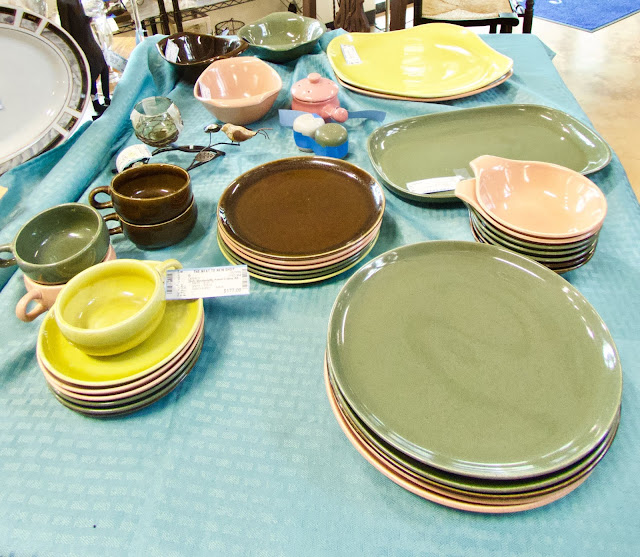Made of pen and ink,
She can win you with a wink
Ain't she cute?
Boop-boop-boop-ee-doop!
Sweet Betty!
Betty Boop's theme song, Fleischer Studios, 1930s
Next-to-New currently has a bevy of beautiful Betty Boops ready to win you with their collective winks. Betty Boop is best known as a very curvaceous flapper in a brief strapless dress and an always visible garter. However this iconic Betty existed only for three short years and, despite the fact that no new cartoons staring the big-hearted (and big-headed) Betty have been produced for decades, she remains one of the most popular and recognizable cartoon characters.
Betty made her first public appearance in 1930 in the Fleischer Studios cartoon "Dizzy Dishes," as a night club singer in the form of an anthropomorphic dog with floppy ears and a black dog nose. Her ears soon evolved into hoop earrings and her puppy nose turned into her more familiar button one as Betty became the sometime girlfriend for Bimbo and often appeared with Koko the Clown. The black and white cartoons were designed for adult audiences and Betty's carefree and innocent sensuality made her one of the most popular cartoon characters of the era, resulting in her own series in 1932. However, the introduction of the National Legion of Decency and the Production Code in 1934 ended Betty's appearance as a flirtatious free-spirited flapper. Betty now wore a more modest dress, her winks, wiggles, and garter disappeared, and she was given a new cast of more wholesome friends, including a puppy named Pudgy and an elderly man called Grampy. The cartoons were aimed more toward children and the revised Betty quickly declined in popularity, the last Betty Boop cartoon appearing in 1939. Unsuccessful attempts have been made over the years to reintroduce the Boopster, such as colorizing her original black and white cartoons, but the resurgence in her popularity is credited with the availability of her original cartoons on home video and the Internet. Betty's colorful and curvy image can be found on a wide variety of goods, from clothing to decorative items, but the new Betty is often slimmed down and endowed with longer limbs and a more prominent bust to suit modern tastes.
One consistent Internet rumor about Betty Boop is that she was based on Esther Jones, an African-American performer of the late 1920s known for her scat singing. This claim is often accompanied by what appears to be an authentic old photograph of a dark-complected woman in iconic Betty Boop dress and makeup. However, the picture is not old, but a contemporary work by Retro Atelier, a photography collective that specializes in creating vintage-looking photographs and portraits. There is an Esther Jones connection, however. In 1932, singer Helen Kane, who was white, filed suit claiming that Betty Boop was based on her image as the "The Boop-Oop-A-Doop Girl." During the trial, the defense presented evidence that Kane's vocal style was not unique and that Jones had sung in the same girlish manner, including the signature "boop-oop-a-doo," before Kane (in fact, Kane's manager during the trial admitted that Kane has seen Jones perform before beginning to "boop").
So... If you want to see
Just a perfect little she. . .
come by Next-to-New to. . . get a view of Sweet Betty!





















